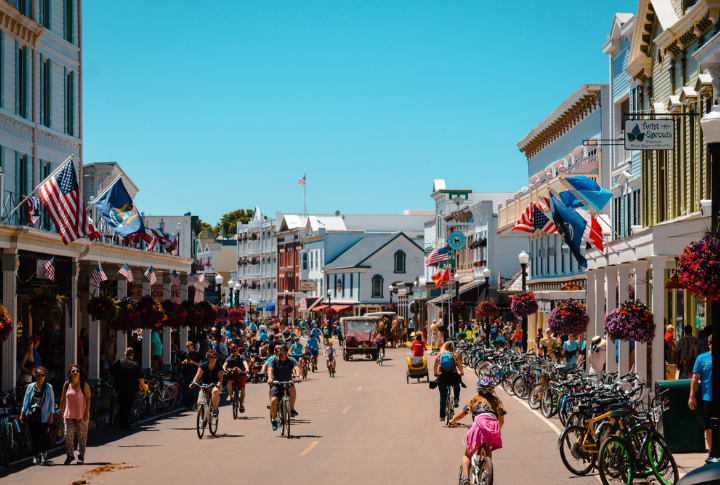
While the United States has several popular tourist destinations, some states have fallen out of favor with travelers. Changing economic conditions, natural disasters, and evolving tourism trends have left certain states struggling to maintain their appeal. Let’s explore 15 American states that people are avoiding more and more.
West Virginia: Economic Hardship

Once a thriving coal mining hub, West Virginia has faced significant economic decline as the industry waned. High unemployment rates and a struggling economy have reduced tourism infrastructure, making it less attractive to visitors. Additionally, concerns over environmental degradation from mining operations often overshadow the state’s natural beauty.
Mississippi: Perception of Safety
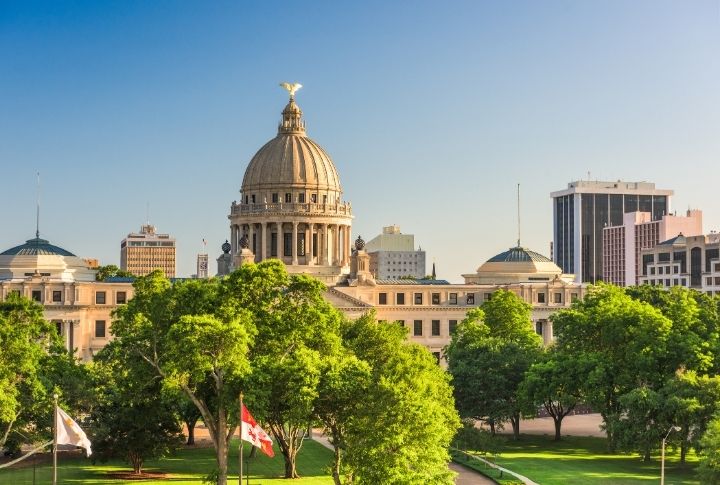
Mississippi’s rich cultural history is overshadowed by its high crime rates and persistent poverty. Negative perceptions about safety and limited urban development deter potential tourists. While the state offers beautiful landscapes and historical sites, these issues often dominate public perception.
Alabama: Lack of Major Attractions

Alabama finds itself in a tough spot, wedged between tourist-heavy neighbors like Florida and Georgia, known for their vibrant cities and numerous attractions. While Alabama has unique offerings, such as beautiful Gulf Coast beaches and a rich Civil Rights history, it often lacks the high-profile destinations that draw large crowds. However, the main issue is the state’s relatively low investment in tourism promotion compared to its neighbors.
North Dakota: Harsh Weather

With its wide-open prairies and stunning natural beauty, North Dakota faces a challenge in attracting people due to its harsh and often unpredictable weather conditions. The state experiences some of the most extreme weather in the United States, with long, frigid winters, heavy snowfall, and biting winds. These temperatures make travel and outdoor activities difficult and less appealing to potential tourists.
Nebraska: Perceived Lack of Activities
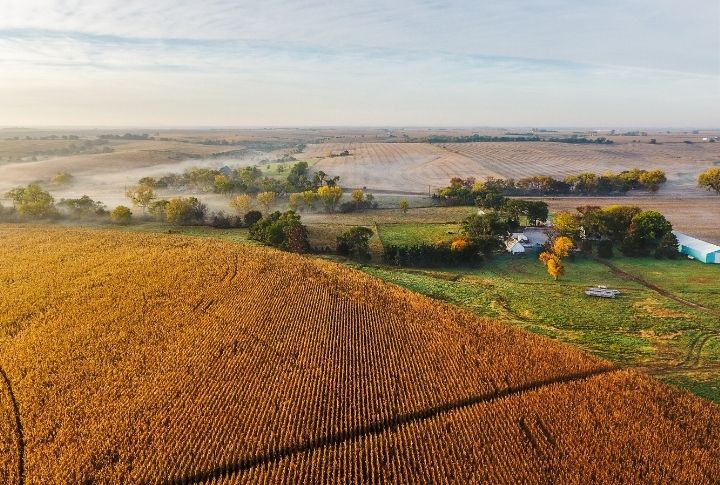
Nebraska is often perceived as a flat, agricultural state with little to offer tourists, but this misconception overlooks the state’s rich history, vibrant culture, and unique landscapes. One of Nebraska’s main challenges is combating the stereotype that it’s merely a vast expanse of cornfields. Even though agriculture is a significant part of the state’s identity, Nebraska has much more to offer than meets the eye.
Kansas: Tornado Alley Concerns

Kansas, often associated with its central location in Tornado Alley, has challenges attracting travelers due to concerns about severe weather. The state’s frequent tornadoes and severe storms create a perception of danger that deters many potential visitors. This has led many to view Kansas as a risky destination despite the reality that severe weather, while possible, does not dominate daily life.
New Jersey: Industrial Reputation

New Jersey’s industrial areas and crowded urban centers often overshadow its picturesque shorelines and quaint small towns. Despite the state’s diverse attractions, negative perceptions about pollution and congestion keep many tourists away.
Delaware: Small Size and Limited Promotion
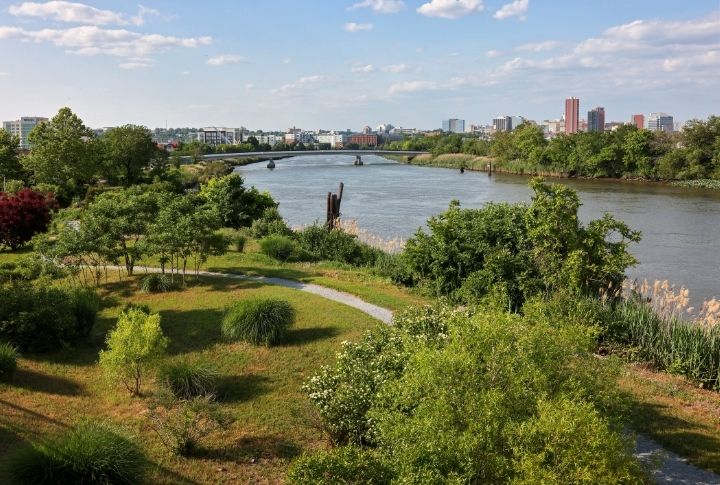
Delaware’s small size and lack of major tourist spots contribute to its lower visitor numbers. The state offers beautiful beaches and historical sites but is often dominated by larger, more aggressively marketed neighbors like Maryland and Pennsylvania.
Rhode Island: Competing Coastal Destinations
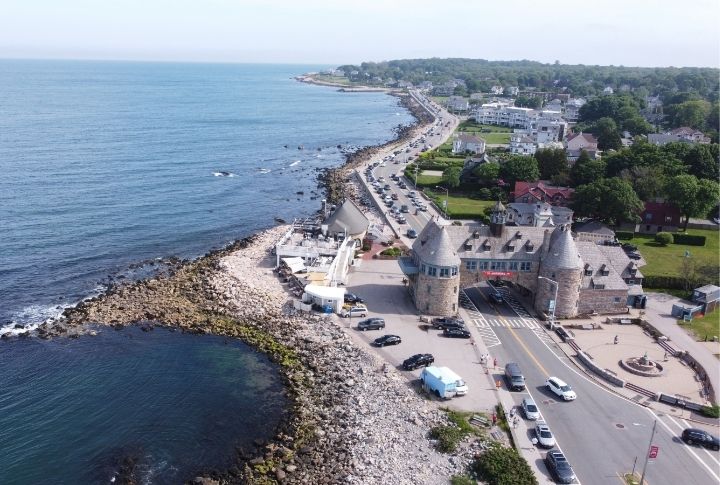
Rhode Island’s beaches, such as those in Narragansett and Block Island, offer serene escapes with soft sands and gentle surf. Narragansett Town Beach is famous for surfing, while Block Island is accessible by ferry. But these beautiful spots are frequently overlooked in favor of the more famous beaches of Cape Cod and the Hamptons, which enjoy greater visibility and name recognition.
Oklahoma: Tornadoes and Limited Urban Appeal
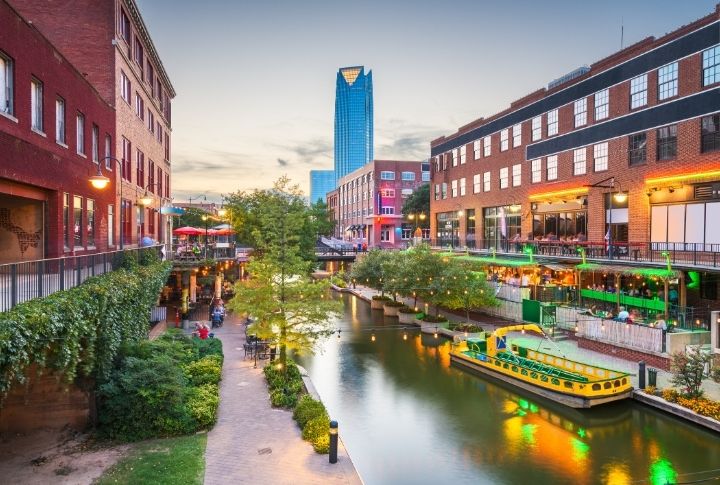
Oklahoma’s frequent tornadoes and its cities’ limited appeal compared to nearby Dallas City contribute to its struggle to attract tourists. The state has a rich Native American history and natural beauty. Unfortunately, these are overshadowed by weather concerns and a lack of high-profile attractions.
South Dakota: Seasonal Tourism
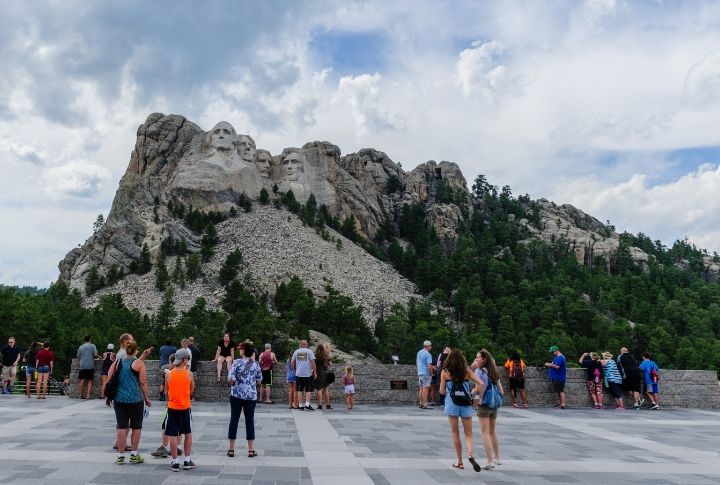
South Dakota’s major attractions, such as Mount Rushmore and the Badlands, draw people primarily in summer. Outside of peak season, the state sees a significant drop in tourism and struggles to attract year-round visitors.
Vermont: Seasonal Limitations
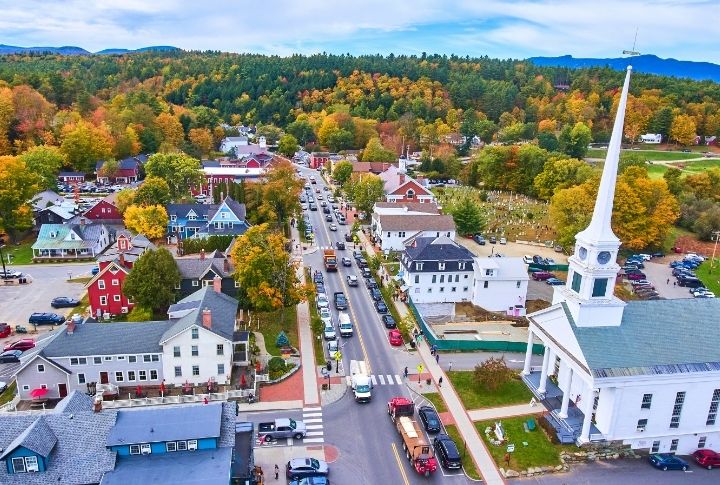
Vermont, known for its stunning autumn foliage and premier ski resorts, faces significant challenges in attracting year-round tourists due to its seasonal appeal. The fall and winter seasons draw substantial tourist traffic, but the problem is maintaining the same level of interest during the off-season of spring and summer.
Idaho: Remoteness
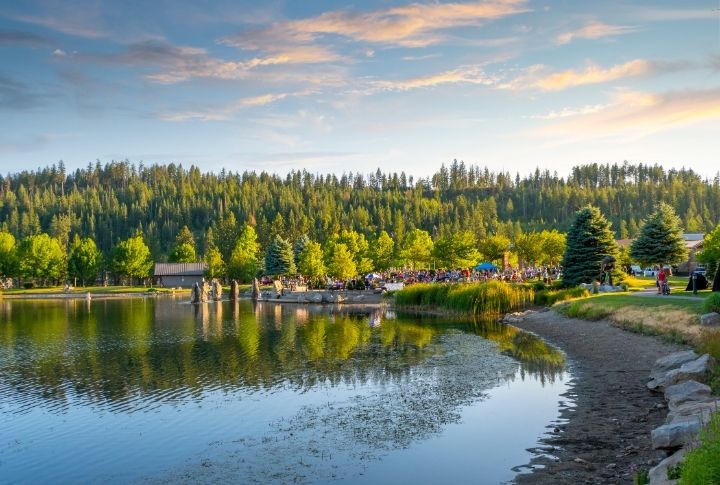
Idaho’s stunning natural beauty is hampered by its remote location. The state’s distance from major urban centers and limited accessibility make it a less convenient destination for many travelers despite its impressive outdoor offerings.
New Mexico: Struggling Economy
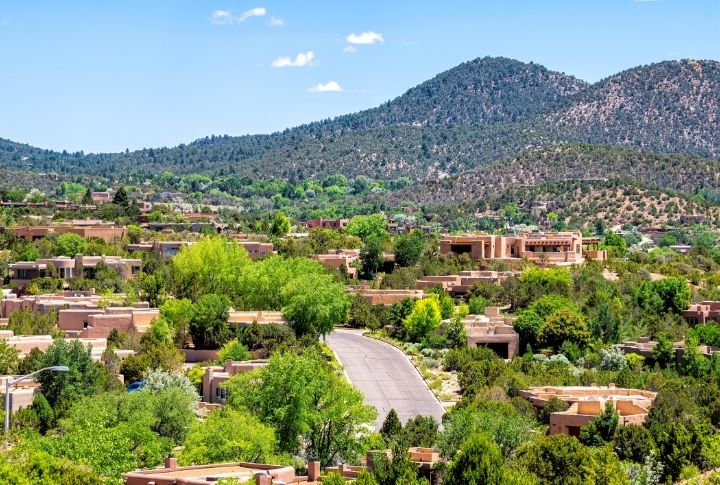
Due to its struggling economy, New Mexico, rich in cultural heritage and natural beauty, faces tourism challenges. The economic difficulties impact infrastructure, services, and overall visitor experience, deterring potential travelers from exploring this state.
Montana: Geographic Isolation
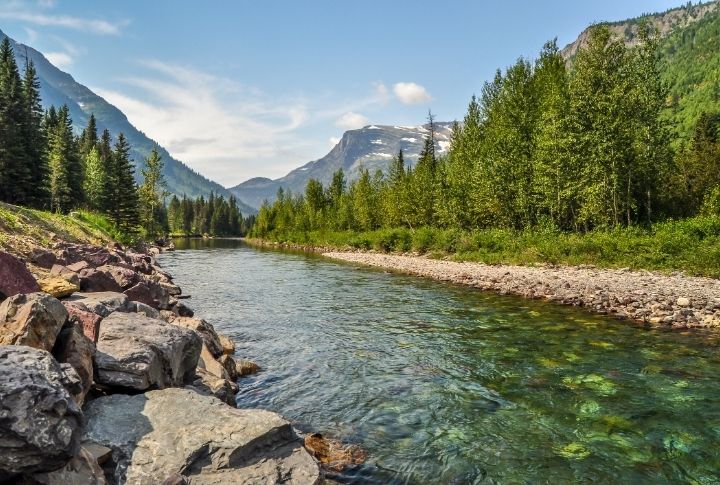
Montana’s vast, open spaces and stunning national parks, such as Glacier and Yellowstone, are often dominated by the state’s geographic isolation. The long distances between spots and limited infrastructure make it less convenient for tourists.
